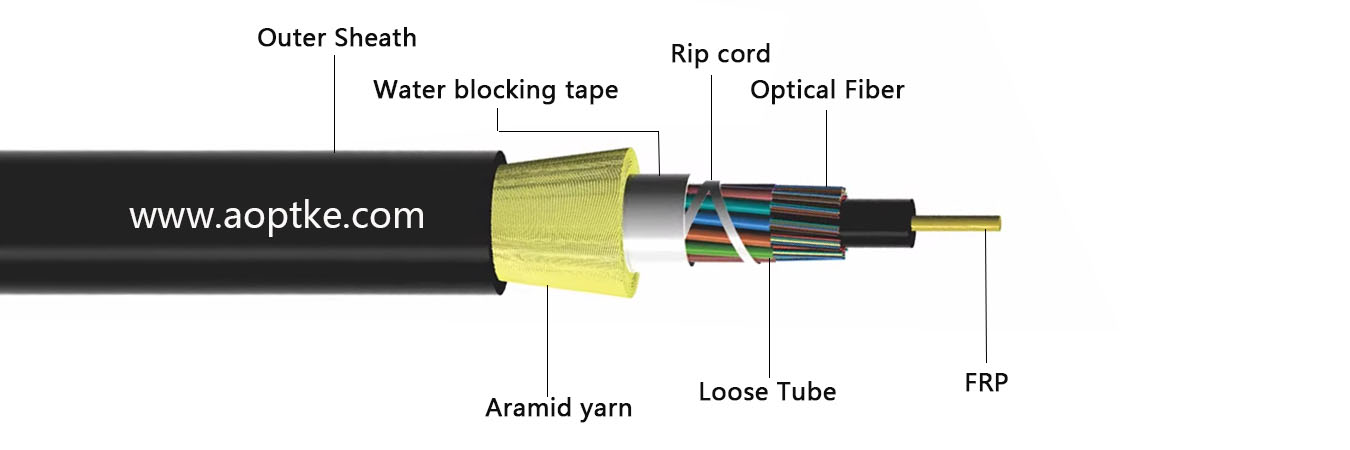1. Electrical performance
>Good insulation
ADSS optical cable is a fully dielectric structure with no metal parts. This allows it to effectively avoid the effects of induced current and lightning strikes in high-voltage power line environments. In power systems, strong electric fields and electromagnetic induction phenomena are common. Traditional optical cables with metal components may generate induced currents, causing the optical cables to heat up, become damaged, and even affect communication signal transmission. The insulation properties of ADSS optical cables can adapt well to this high-voltage environment and ensure the safety and stability of communication lines.
 For example, ADSS optical cables are laid near 110kV - 500kV high-voltage transmission lines. Their good electrical insulation properties can ensure that even in severe weather conditions (such as lightning), there will be no communication failures due to electromagnetic interference.
For example, ADSS optical cables are laid near 110kV - 500kV high-voltage transmission lines. Their good electrical insulation properties can ensure that even in severe weather conditions (such as lightning), there will be no communication failures due to electromagnetic interference.2. Mechanical properties
>Self-supporting structure has obvious advantages
Its self-supporting design enables it to be independently suspended between power poles and towers without the need for additional supporting structures. This saves construction costs to a large extent because it can utilize existing power pole tower resources. Compared with traditional buried optical cables or overhead optical cables that require additional metal brackets, ADSS optical cables do not require the excavation of a large number of underground pipes or the installation of complex metal support devices during installation.
 |
 |
It can be installed flexibly according to different line conditions and laying requirements, and can work stably for a long time in harsh natural environments (such as high temperature, low temperature, and high humidity).
3.Economic Benefits
>Different from other optical cables, the installation cost of ADSS optical cable is relatively low because it does not require the replacement of power transmission lines and can also achieve free switching.
>Compared with the underground laying method, the overhead laying method occupies less land and causes less damage. In urban construction, it does not require large-scale underground excavation, reduces the impact on urban roads, green spaces and other infrastructure, and is conducive to the sustainable development of the city.
Post time: 2025-01-20 12:03:15
